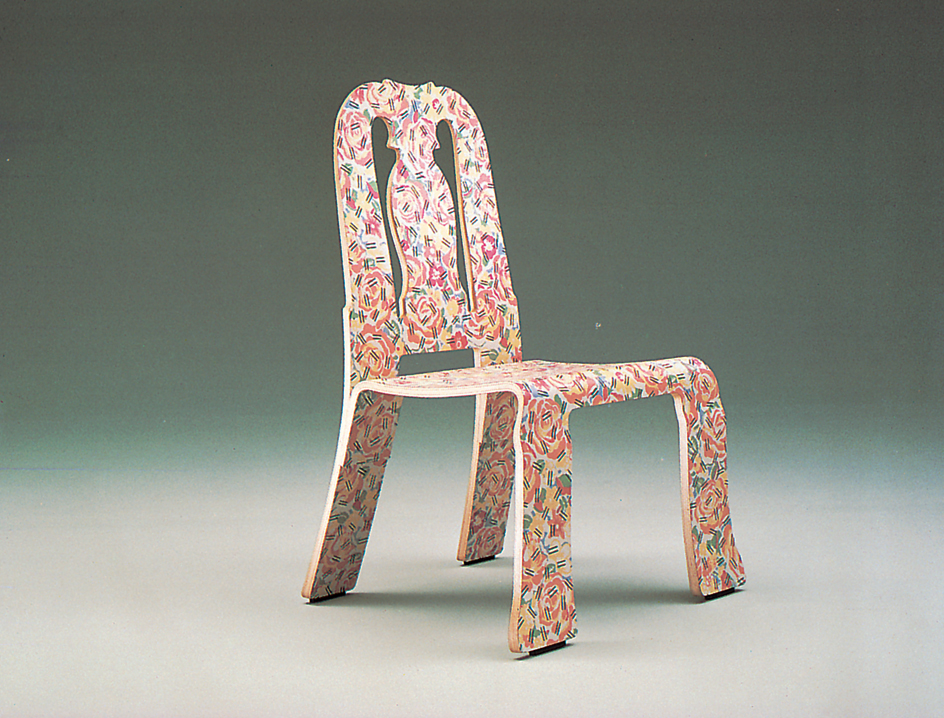Venturi, Robert (1925-2018), was an American architect whose theories and designs helped establish Postmodernism as an important architectural movement. Venturi discussed his theories in his influential book Complexity and Contradiction in Architecture (1966). Venturi advocated mixing symbols from classical architecture, particularly Italian Renaissance and Roman architecture with modern architectural forms and ideas from such vernacular (common) buildings as fire stations.

Venturi wrote that he wanted to achieve an architecture of “messy vitality.” Venturi wrote a second significant book, Learning from Las Vegas (1972), with Steven Izenour and Denise Scott Brown, Venturi’s wife. The book criticizes modern American architecture and urban planning through a favorable analysis of the spontaneous commercial architecture of Las Vegas, Nevada.
Venturi was born on June 25, 1925, in Philadelphia. He demonstrated his theories in two early designs in Philadelphia, the Vanna Venturi House (1963) and the Guild House (1965). Critics interpreted the designs as attacks on modern architecture, particularly the works of Frank Lloyd Wright and Mies Van der Rohe. His later projects include the Seattle Art Museum and the Sainsbury Wing of the National Gallery in London (both 1991). Venturi died on Sept. 18, 2018.
